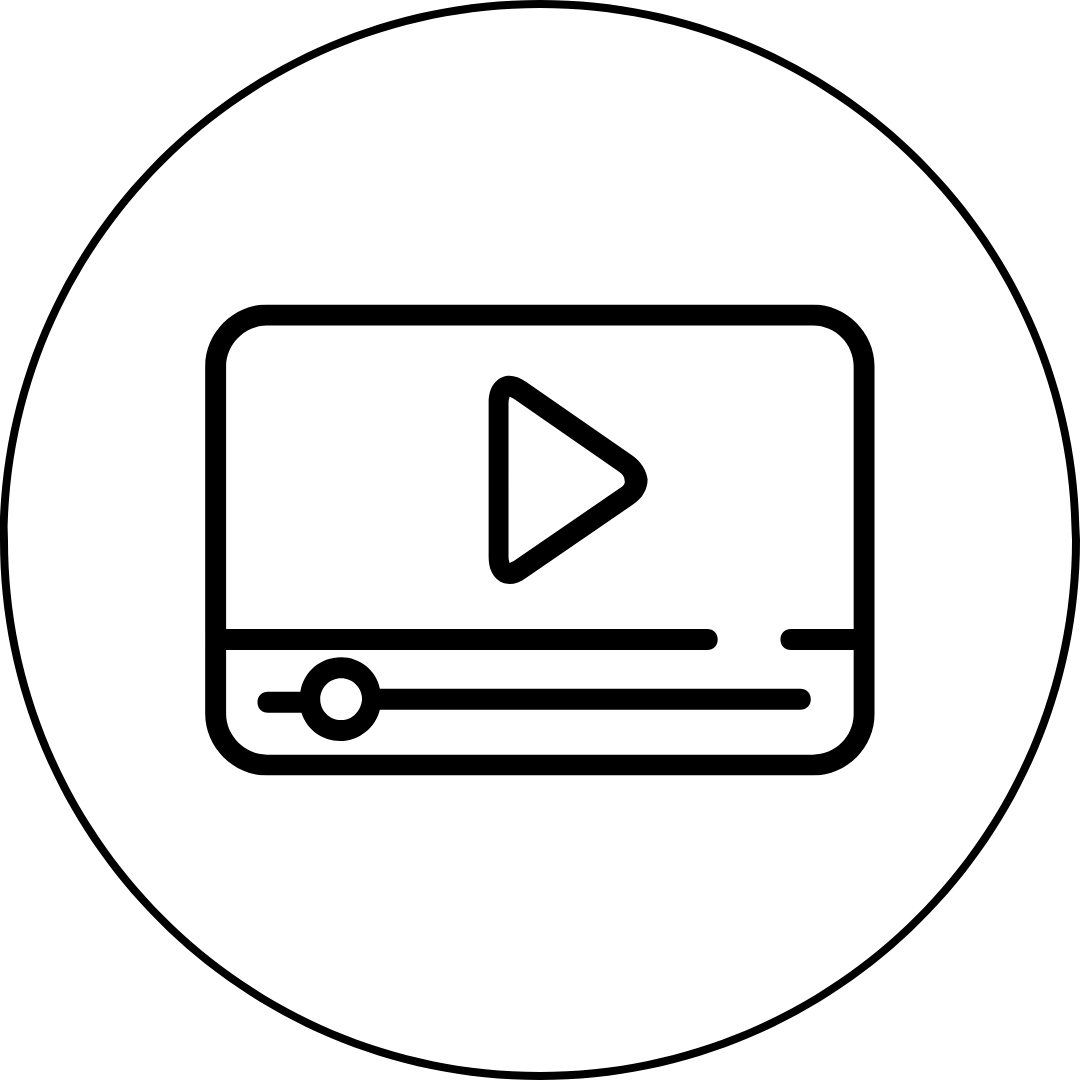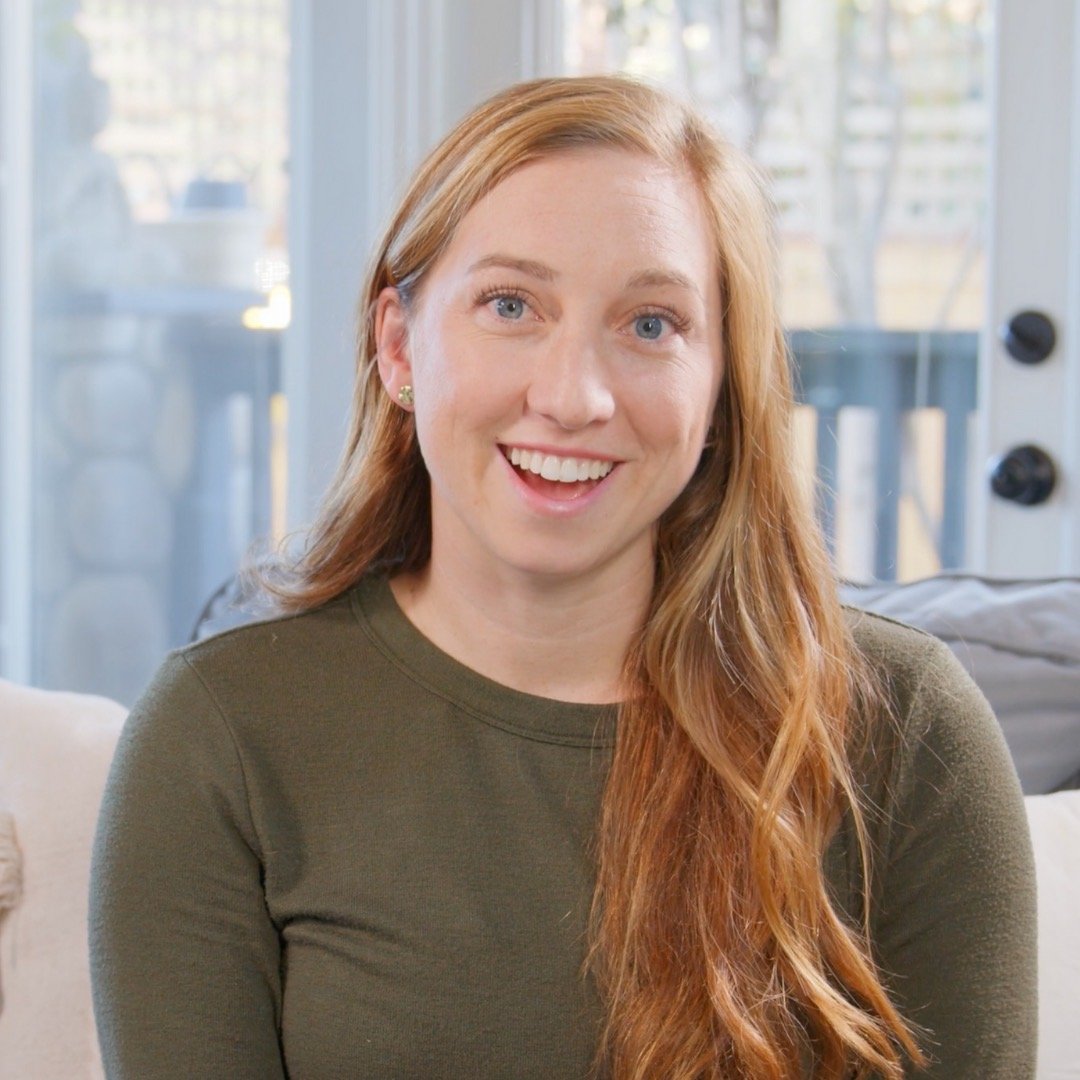Phonology
How Toddlers Learn to Put Sounds Together and Say Longer Words
A FREE Short Course For Parents Of Toddlers
Speech Sound Development
11 Minutes
5 Video Lessons
(1-3 Minutes Each)
Beginner
1 Free Download
Hello and Welcome to this short course where we’ll learn all about phonology!
My name is Stephanie Keffer. I am an ASHA certified speech language pathologist in California and North Carolina. Early childhood is my specialization and I’ll be your instructor for this mini-series.
Please don’t hesitate to take advantage of the “Ask a question” links provided in each section of the series; I’ll be happy to answer any questions you have.
Let’s get started!
Stephanie Keffer, MS CCC-SLP
Let’s talk phonological patterns
Phonological patterns are all the ways that children (and adults) combine consonant and vowel sounds to pronounce words. Children don’t learn to pronounce all the phonological patterns adults use until they are in elementary school.
As they are learning to use different phonological patterns, toddlers make lots of “mistakes.” Speech therapists refer to these mistakes as phonological processes, which are rule based “errors” toddlers use to simplify phonological patterns they can’t say yet.
As you’ll see, there’s way more to learning to talk than just the sounds!
Phonological Processes - Expected toddler speech “mistakes”
As you’ve already learned, toddlers make lots of “mistakes” as they develop their speech skills. I hope it’s a relief to know that most toddlers make the same mistakes, and it’s no coincidence!
The phonological processes we cover are the most common “error” patterns that toddlers use to make words easier to say while they are still developing speech.
A tool for investigating phonology at home
"When will my toddler start talking clearly?" - One of the most common questions of toddler parents. In this video you'll learn about toddler speech intelligibility, which is a speech therapy term to talk about how clearly kids are speaking.
The most obvious sign that your child might be having a hard time developing their speech skills is that you have a hard time understanding them. Knowing the guidelines for intelligibility can help you identify a challenge your child may be facing and support them early on.
Expanding phonological patterns at home
While some phonological patterns are best left for speech therapy, there are some you might try teaching at home.
One of the most common phonological processes used by 2 year olds is final consonant deletion, or leaving the sound off the end of a word. We’ll teaching you some specific activities for encouraging your little one to pronounce those final sounds.
Let’s Review
I hope you’ve enjoyed learning all about phonology!
Looking at your child’s speech development in a new or different light can help us discover new ways to support them, and at the end of the day that’s all we want.
If you have any questions whatsoever, please don’t hesitate to click the button and ask away! It’s a judgment free zone here!

Parents Also Asked These Questions About
Phonology
-
Phonology is the study of sound patterns in the words we say.
It’s important to think not just about the individual sounds, but also how we put them together.
On their own, individual speech sounds hold no meaning (ex. the F sound). It is only when we combine sounds together that they mean something (ex. F + i + SH).
-
Phonological development is important for young children because it allows them to combine sounds in more ways. Using new and various combinations means toddlers can pronounce more words and are easier to understand.
-
There are many phonological processes used by young children. We have a great chart that explains the main phonological processes here.
-
Some research suggests that children who use phonological processes not expected for their age may have a harder time learning to read.
-
Phonology falls in under the umbrella of speech; it has to do with the specific sounds children can pronounce together in words.
-
The cause of most phonological disorders is unknown.
-
Phonological disorders are thought to occur in about 1-2% of all people.
Source: https://www.asha.org/practice-portal/clinical-topics/articulation-and-phonology/#collapse_1
-
No, a phonological disorder is considered a speech disorder (not language).
-
The most prevalent speech disorder in children is an articulation disorder.
Free Download
The Word Shape Test - PDF Download
Did you enjoy the Articulation Short Course?
You may also like one of our other parent friendly “courses”
Learn the key differences between speech and language - then see how toddlers develop speech and signs of a speech delay
Discover speech sounds toddlers develop and at which age - plus see how to teach new sounds at home










